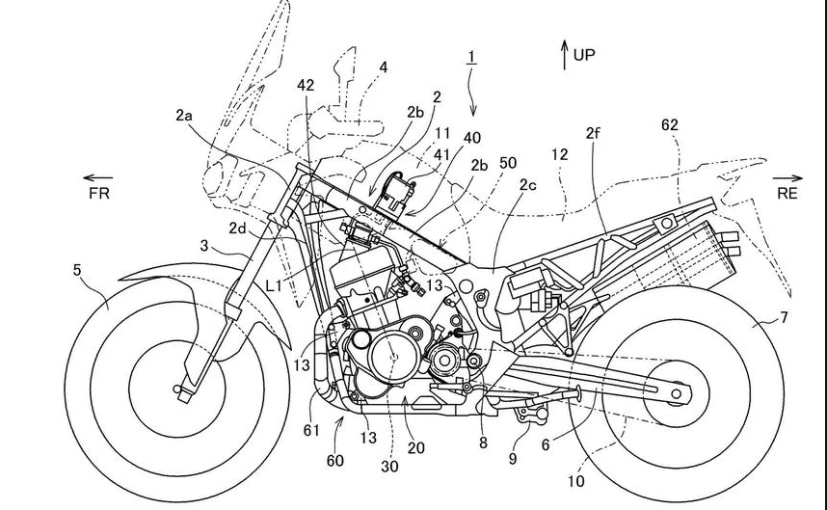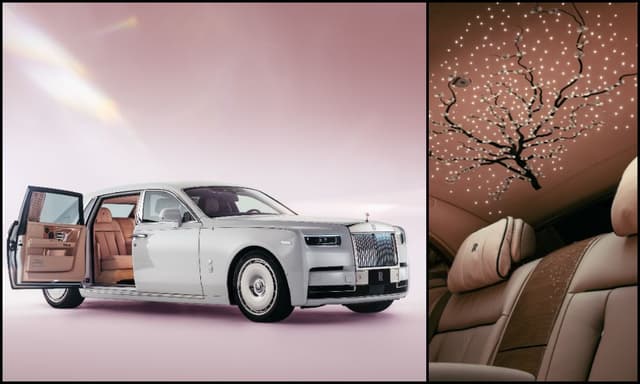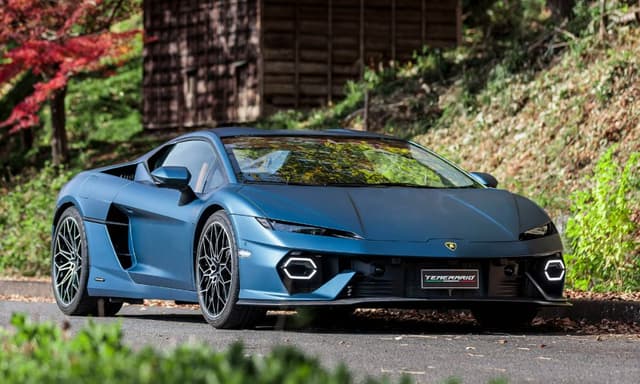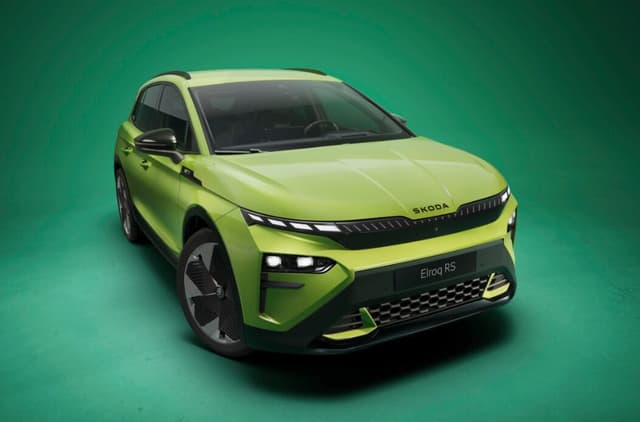New Honda Africa Twin May Get Direct Injection, Bigger Engine

Highlights
- Patent images reveal DOHC engine with direct engine for Africa Twin
- The 2020 Honda Africa Twin is expected to get a bigger engine
- Direct injection will likely be introduced in the 2022 Africa Twin model
The 2020 Honda Africa Twin will not only get a bigger 1,084 cc engine, but Honda may also be working on yet another future model with a double overhead cam (DOHC) cylinder head and direct injection. The 2020 Africa Twin is expected to make over 100 bhp, but latest patent images reveal yet another update in the engine that could make its way to a future model, in all likelihood, the 2022 Honda Africa Twin. The primary change in the engine is a DOHC cylinder head, as well as a new direct injection system.

The 2022 Honda Africa Twin patent reveals a DOHC engine with direct injection
Also Read: 2020 Honda CRF1100L Africa Twin Confirmed
The patent application's main focus is the direct injection, which is seen as a solution to strike a balance between stringent emission standards and power output. While the 2020 model will meet those requirements with a bigger capacity engine, with a displacement bump to 1,084 cc, it is likely to stick with the single overhead 'Unicam' camshaft and indirect fuel injection. The latest patent application however shows a radically-altered version of the engine with a new double overhead cam layout and direct fuel injection, which will inject the fuel straight into the combustion chamber, rather than into the intake ports.

Direct injection will ensure better combustion and less emissions
The advantage of direct injection is that it separates the function of drawing air into the engine through the inlet valve and the injection of fuel. With indirect injection, the fuel and air are mixed before they enter the cylinder. This technology enables proper ignition of the fuel inside the cylinder, but the downside is emissions, when unburnt fuel escapes during valve overlap when the intake and exhaust valves are both open momentarily, allowing unburnt fuel to pass out through the exhaust. Direct injection allows fuel to be added later, after the exhaust valve has closed and prevents unburnt fuel to escape, and result in lower emissions.
So far, direct injection hasn't been used popularly because it's apparently not so simple to combine with high-revving engines. But with the latest iterations of advanced high-pressure fuel pumps, direct injection may be soon seen on motorcycles, which will enable fuel to be injected at the right time into the cylinder for the atomisation and ignition to take place.
Last Updated on September 6, 2019



















